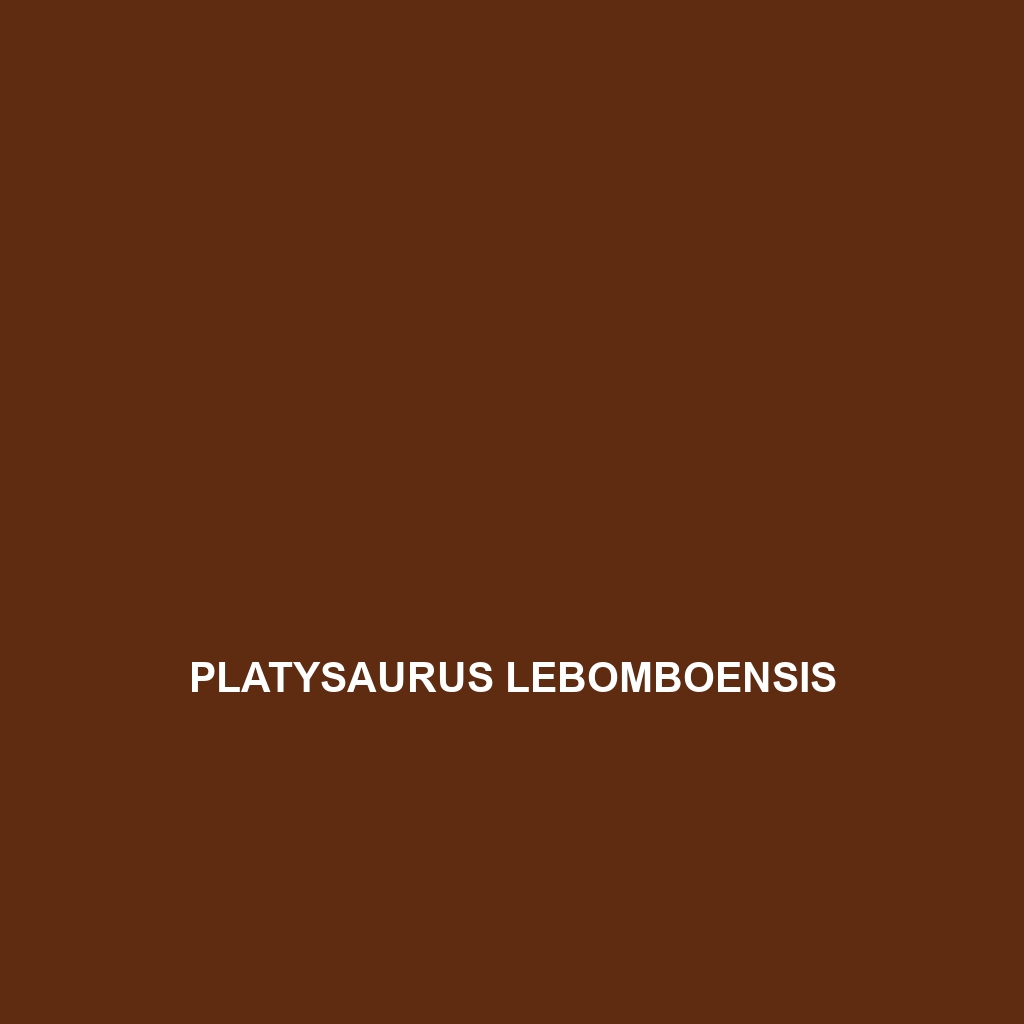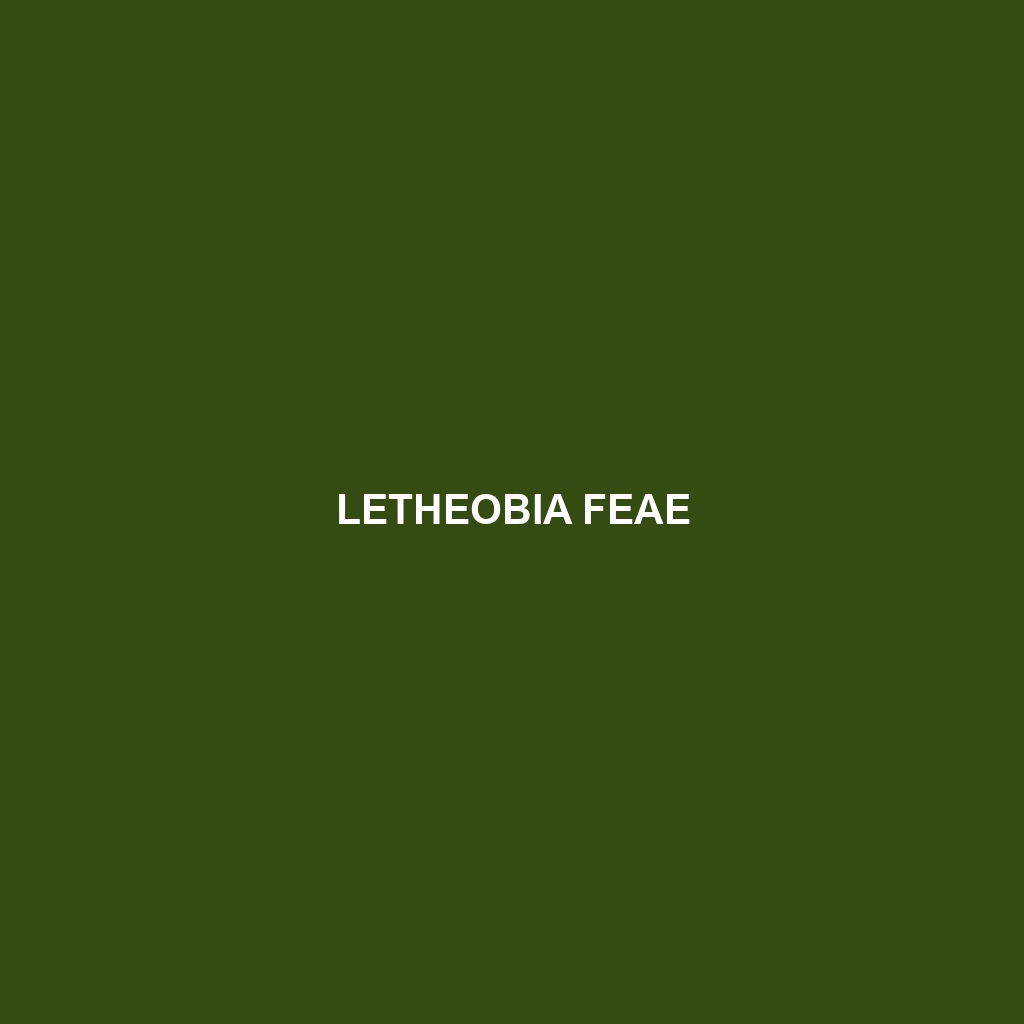Discover the <b>Sphaerodactylus cinereus</b>, or gray sphaero, a small, nocturnal lizard native to the Caribbean's tropical and subtropical regions. With its unique adaptability, elongated limbs, and effective camouflage, this insectivorous species plays a vital role in maintaining ecosystem balance while facing habitat challenges.
Tag: species behavior
Porthidium hespere
<b>Porthidium hespere</b> is a striking snake native to Central and South America, known for its distinctive triangular head, potent venom, and exceptional camouflage, thriving in humid ecosystems. This nocturnal predator plays a vital role in regulating prey populations while showcasing unique mating behaviors and impressive adaptability to its diverse habitats.
Porthidium hespere
<b>Porthidium hespere</b> is a striking snake native to Central and South America, known for its distinctive triangular head, potent venom, and exceptional camouflage, thriving in humid ecosystems. This nocturnal predator plays a vital role in regulating prey populations while showcasing unique mating behaviors and impressive adaptability to its diverse habitats.
Platysaurus lebomboensis
<p><b>Platysaurus lebomboensis</b>, also known as the Lebombo Flat Lizard, is a striking insectivore native to the temperate forests and savannas of southeastern Africa, recognized for its flattened body, vibrant coloration, and impressive climbing abilities. This diurnal lizard plays a crucial role in its ecosystem by controlling insect populations and serving as prey for larger predators.</p>
Paracontias brocchii
Discover the fascinating Paracontias brocchii, a nocturnal, limbless reptile from Madagascar, thriving in rainforests and temperate forests. This vulnerable species plays a vital role in its ecosystem by controlling insect populations and aerating the soil through its intricate burrowing behaviors.
Pachydactylus labialis
Discover the Pachydactylus labialis, or thick-toed gecko, a robust nocturnal reptile native to the dry savannas of southern Africa, known for its striking earthy coloration, remarkable climbing ability, and diet primarily consisting of insects. This species thrives in rocky outcrops and plays a vital role in maintaining ecological balance within its habitat.
Oligosoma elium
Oligosoma elium, also known as the blue skink, is a vibrant, diurnal reptile native to diverse habitats such as temperate forests and coastal regions, thriving on a diet of insects. Recognized for its striking blue coloration and tail regeneration ability, this species plays a crucial role in its ecosystem by controlling insect populations and serving as prey for larger animals.
Mehelya gabouensis
<p><b>Mehelya gabouensis</b>, a vulnerable species native to Central and West Africa's tropical rainforests, is known for its distinctive earth-toned coloration and length of 1.5 to 2 meters. This omnivorous species plays a vital role in its ecosystem by regulating populations and dispersing seeds, while primarily exhibiting nocturnal behavior and complex social interactions during mating seasons.</p>
Madatyphlops domerguei
<div class="woocommerce-product-details__short-description"> <p><b>Madatyphlops domerguei</b>, or the Malagasy blind snake, is a slender, nocturnal insectivore native to Madagascar's rainforests, savannas, and temperate forests. With its unique vestigial eyes and ability to detect ground vibrations, this vulnerable species plays a crucial role in soil aeration and nutrient cycling.</p> </div>
Letheobia feae
Discover the captivating Letheobia feae, a vulnerable species native to the rainforests of Southeast Asia, known for its striking earthy browns and greens for camouflage, as well as its solitary, nocturnal behavior, primarily feeding on insects and small vertebrates. With unique scale patterns and significant ecological roles, this fascinating creature highlights the need for ongoing conservation efforts in its rapidly changing habitat.









